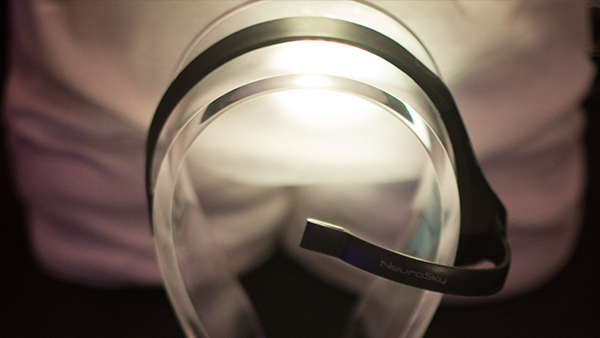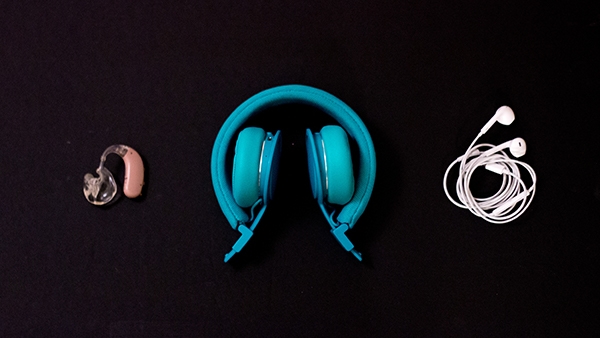As I prepare for departure, I’m getting even more excited to host a workshop at the Garage Contemporary Museum of Art soon after I land in Moscow. The workshop will explore how art be used as a tool to address disability inclusion. I will leverage my skills in electronics, interactive design and wearable technology to guide learning around the role art, combined with interactive media, can play in creating new models and visions for a future where people with disabilities can experience art in new, accessible and inclusive ways.
The workshop will be a learning lab focused on introducing ways to place technology on the body. We’ll also look at how basic sensor tech and sensory exploration can inform and allow us to reinterpret our senses, augmenting them in different ways. I hope these ideas and creative explorations can help us explore the various ways disability can inform the future of art and design. By designing with people with disabilities from the start, getting people excited by what can be made through the lab, and having inclusive design inform the learning process, the workshop can be a source of creative play and learning to use empathy in the design process.

I’ve just come back from a trip to Austin, TX for the South by Southwest conference that focuses on film, music and interactive technology. I was presented as a finalist for the Student Innovation Award with my thesis, work that really informs this current exploration into wearables and health for American Arts Incubator. Using this residency as a place to inform my own practices, it’s my hope to provide a space and community that cultivates inclusion and creative expression. I’ve been able to represent the body in new ways informed by teachings on consciousness and human experience. By conceiving of technical apps that help guide and navigate a user in difficult mental situations, to creating a speculative interface that aids in a spiritual journey, expressive prototypes that design alternative health systems can help inform a unique vision of what can be possible in the future.

